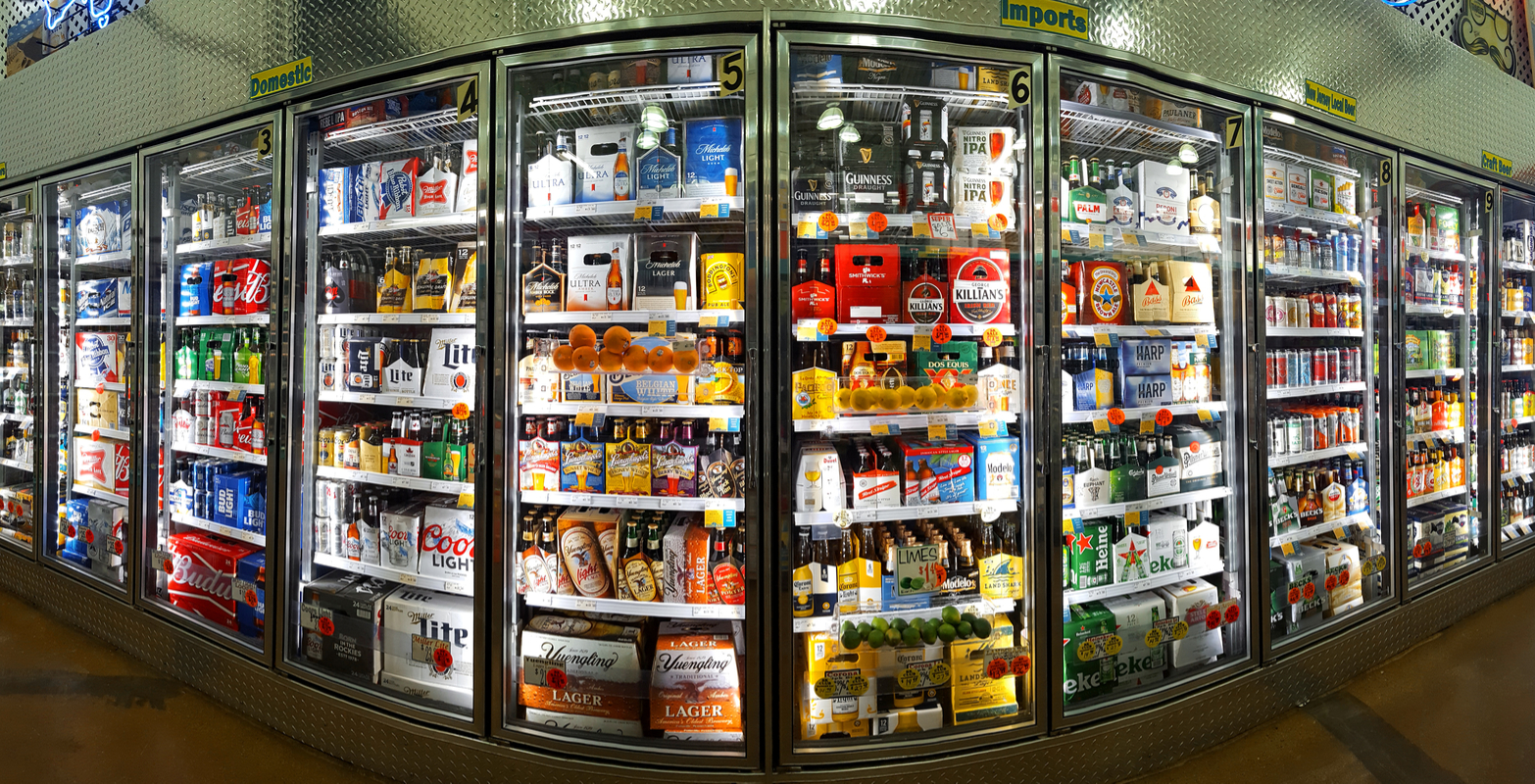Back in the 1990s, managing the beer category at retail wasn’t very complex. Four brands represented more than 50 percent of volume, and only about 3,000 products were in the marketplace.
It’s a bit more complicated today. To say the least.
In 2017, more than 17,000 individual items, or SKUs, were sold in the beer category, giving consumers unprecedented choice and retailers unprecedented headaches.
Drinkers now have so many choices, in fact, that a growing number of them are paralyzed in the beer aisles, stupefied by the paradox of choice. Just 49 percent of consumers said they were “relaxed” when shopping for beer, compared with 89 percent when shopping for wine, according to 2017 data analyzed by MillerCoors.
And it’s starting to hurt sales and turnover. While the number of beer SKUs rose 14 percent between 2013 and 2017, productivity per SKU declined 5.1 percent, according to a MillerCoors analysis of Nielsen data. This fragmentation also has led to out-of-stocks in core brands.
Kevin Doyle, president of sales and distributor operations, addressed the topic — and shared thoughts on how to approach it — today at a joint convention of Illinois, Michigan and Wisconsin beer distributor trade associations.
“Figuring out how to navigate through the fragmentation is not a simple task. And not as easy as just allocating more space and distribution on a few growth brands,” Doyle said before the presentation. “While some have advocated that the premium and economy segments are not worth the investment, the fact is the premium segment dominates beer-drinking occasions and economy is still well over 20 percent of volume.”
Cutting shelf space for premium and economy beers “would be a disaster for retailers,” he said, noting that the two segments account for nearly 64 percent of total U.S. beer volume.
The chaos in the market underscores the need for retailers to actively manage their beer selections, employing effective category management and a better understanding of changing consumer shopping habits, he says.
At stake is the success of a huge traffic driver for retailers, particularly grocers, where beer ranks as the No. 4 overall category and No. 1 during summer, according to Nielsen all-outlet data for the 52 weeks ending Dec. 23.
Last year — for the first time in decades — the number of SKUs in beer pulled back, in part because retailers had enough. And so had consumers.
To get a handle on the changing beer consumer, MillerCoors over the last three years conducted interviews with more than 30,000 consumers, analyzed more than 2.5 billion retail transactions and audited 2,000 shopper studies. What the company found was that a healthy category relies on a balanced approach to retail shelves and that all segments play a role in the path to profitable growth, Doyle said. It’s not as simple, for instance, as the high-end/low-end approach that some are advocating.
The company’s approach is guided by four key principles:
Which beers consumers choose to buy is driven first by occasion. And there are four distinct occasions for drinkers: relaxing with one to two people; connecting with small groups, friends or family; social interactions with small- to medium-sized groups; and celebrations with medium- to large-sized groups.
Every segment plays a role. The premium segment, which includes brands like Miller Lite and Coors Banquet, is critical to beer category success; 62 percent of consumers say they went into a store with a premium brand in mind. And the average premium SKU velocity is three times that of above premium. Economy remains important as well, despite assertions to the contrary. About 23 percent of consumers choose a store based on perceived value, second only to convenience, according to MillerCoors research.
The core matters. More than three quarters of consumers say they knew from which category they were going to buy before they walked into the store. A combined 66 percent of beer volume is driven by baby boomers and Generation X drinkers, consumers that are predisposed to shop by brand and pack size. If retailers don’t have their brand or pack size in stock, they risk losing that visit. While millennials are less-focused on brand and pack size, a significant percentage of them still care.
Innovation matters. Fifty percent of industry growth over the last five years has come from innovation. It’s especially key with millennials; some 18 percent of them plan to look for something new when they shop and they’re far more engaged in new products than their older counterparts. But too much confuses consumers, clogs up shelves and drives down productivity.
Running an effective beer program “is far more complicated than moving all drinkers up to the high end,” Doyle said. “Economy drinkers are very loyal. Premium light drinkers are very loyal. If (retailers) don’t give these drinkers the beer they want to buy, when they want it, they’ll go somewhere else.”

